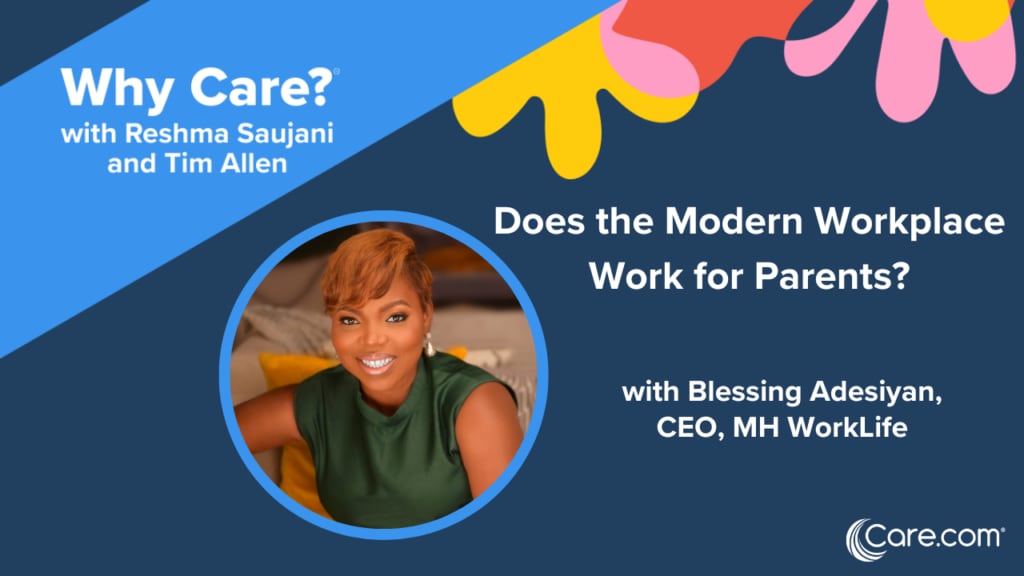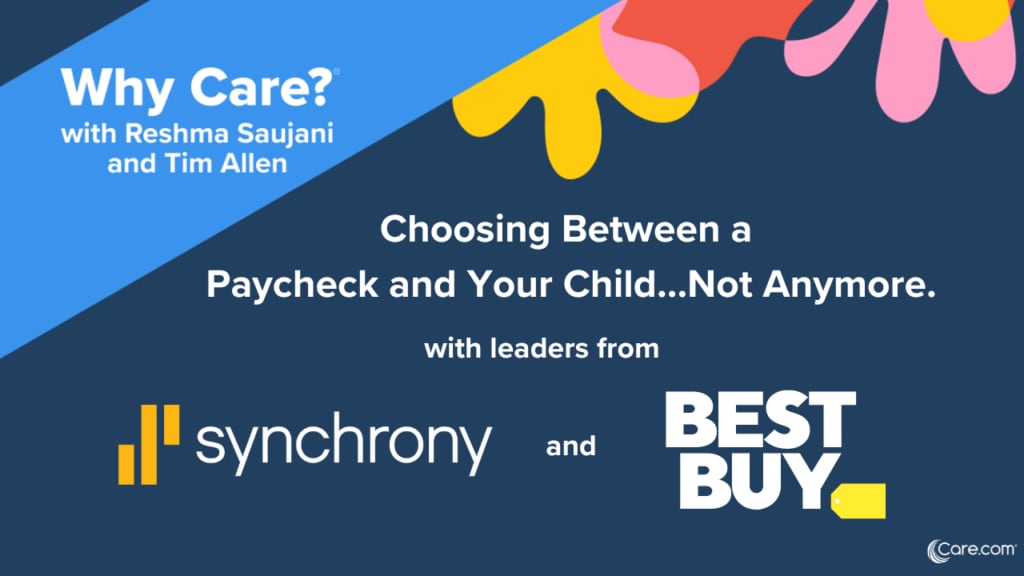Coming back from maternity leave is an extra stressful time for working moms, so much so that many companies experience a high attrition rate among new moms returning from parental leave.
For many companies, a powerful tool for reducing attrition among female talent has been initiatives geared toward supporting new moms in the workplace. Nestle, for example, has expanded its paid parental leave and plans to report back on how effective its program was at lowering turnover rates among new moms.
According to Julia Beck, founder of Forty Weeks and the It’s Working Project, a key reason for these high attrition rates is that new moms come back with a whole new identity. “The assumption that you are getting the same exact person back is a false assumption,” she says. “You’re not.”
So, what can organizations do to better support new moms on their transition back from maternity leave? We spoke to Beck and LeaveLogic Founder and CEO Anna Steffeney to find out.
- Anticipate the Challenge
When it comes down to it, Beck says there needs to be a mutual understanding between employer and employee that coming back from maternity leave is a different scenario. “No matter how long the parental leave is — say it’s 16 or 20 weeks — there is always day one of week 17 and week 21, and that day is daunting,” she says. Employers should keep in mind that these new parents may be professionals at the top of their game, but they are doing this for the first time and there’s a lot to be done that first day back from leave, says Beck. - Tap Into Technology
Using technology to streamline the transition process from leave to work can be helpful in helping employees ease into their new roles as working parents. Integrating with LeaveLogic, for example, has scheduling and automating capabilities that employees can set up without having to get too personal with HR, like text messages asking if they would like to schedule the lactation room for when they return from leave. - Offer Peer-Based Support
Beck says offering peer-based support can be a huge factor to helping women transition back from leave allowing them to look someone else in the eye who survived the transition back. “While we appreciate everything HR does to support the journey there are so many facts, granular and critical, you can get from other mothers and fathers who came before you,” she says. From how to do it, best practices and shortcuts, a peer-based model supports success. And while it requires some organization up front, this is a free, self-sustaining benefit. - Set Nursing Mothers Up for Success
The federal “Break Time for Nursing Mothers” law requires employers to provide break time and a place for hourly paid workers to express breast milk at work, and many states have their own workplace breastfeeding laws in place. But what nursing moms really need from their employers is a comfortable, private place to pump and an easy way to schedule their time in the room. - Help with Child Care
Access to reliable, affordable child care is vital to a new mom’s successful return to work. Organizations can help by underwriting some of the aspects of finding childcare, whether that’s working with Care.com or providing some other resource and referral benefit. Another area not to be overlooked: the mental health aspect of child care for a night out. “While that’s not directly correlated to success in the workplace, it does help with a person feeling like themselves again,” Beck says. - Plan Before They Go Out on Leave
Critical to a successful return is having a solid plan in place before an employee goes out on leave. “It’s fine if this plan changes, but again, the more unknowns removed from the process, the less overall stress that’s put on the employee,” says Steffeney. - Guarantee Flexible Returns
When they rolled out new parental leave plans this year, Amazon and Vodafone emphasized the importance of allowing employees to return to work with a flexible schedule. Vodafone installed a six-month period in which new moms can work 30-hour weeks at full salary, and Amazon introduced a “Ramp Back” program that allows eight weeks at a reduced schedule. Being able to have that flexibility when transition back from leave can make that transition easier and less stressful for new parents. - Include Backup Care in Your Work-Life Benefits There’s nothing more stressful for any parent than having to find last minute, backup childcare. For a first-time parent coming back to work, it can be paralyzing. Companies that offer backup childcare as a benefit have found they’re able to reduce absenteeism by up to 5 days a year by helping employees juggle find solutions when they have sick children or unexpected caregiver absences.
RELATED: What is Backup Care? - Ensure Managerial Support
Not to be overlooked is the importance of the role of the manager in a successful return from maternity leave. Family-friendly policies and work-life benefits aren’t enough if they’re not supported at every level of the organization. Manager training can help with that to ensure there’s a standard employee experience for everyone coming back from leave that includes the levels of support needed during this transition. - Provide Options to Help Customize Work-Life Fit
Offering employees choices when it comes to work-life benefits and transition planning to help them customize their work-life fit, allows employees to adjust to the transition with some peace of mind. To that end, employers are turning to services like Care.com’s Workplace Solutions to connect employees with solutions for all of their work-life needs. Empowering employees with these tools is a way to encourage parents to take their leave and successful return. “This message and work life culture fit permeates throughout the company sending a message that it is OK for parents to be part of the work environment,” says Steffeney.






